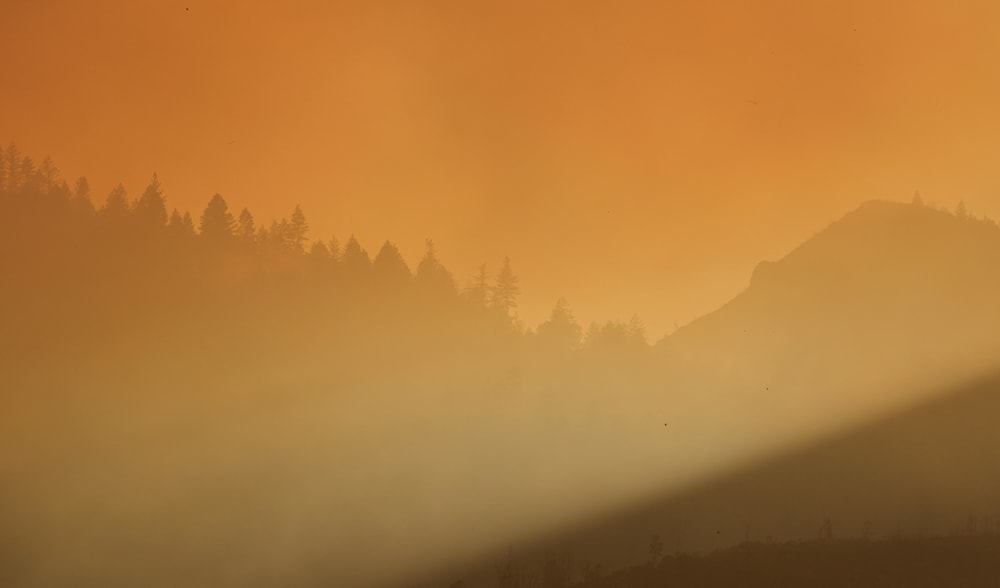California wildfires surge amid record-breaking heatwave
Firefighters battle growing blazes across California as extreme heat, dry vegetation, and lightning threats fuel one of the worst fire seasons in a decade.
-

Sunlight cuts through smoke from the Pickett fire on Friday, Aug. 22, 2025, in Napa County, California. (AP Photo/Godofredo A. Vásquez)
Multiple wildfires have ignited across California as the state grapples with a prolonged heatwave expected to persist through the weekend.
The largest blaze this week, known as the Pickett Fire, expanded rapidly on Thursday in a remote area of Napa County, reaching over 3,200 acres (850 hectares) by Friday afternoon. Authorities issued evacuation orders and warnings for hundreds of residents near Calistoga, a wine-country city, as crews battled dangerous heat and rugged terrain. As of Friday, containment stood at just 5%.
“Firefighter safety will be an emphasis once again Friday, with temperatures expected to reach into the upper 90s,” CalFire analysts wrote in a Friday update.
Battalion Chief Bob Todeschini reported no injuries or structural damage in a social media briefing Thursday night. He urged residents to remain cautious, stating, “We’d like to remind everyone to be vigilant and have a plan as we continue with suppression efforts.”
Record heatwave intensifies fire threats
The fires erupted during California’s most severe heatwave of the year, with several cities already breaking temperature records. Extreme heat, low humidity, and the possibility of dry thunderstorms, capable of sparking lightning, are expected to sustain high fire risks across the western US.
According to the National Interagency Fire Center (NIFC), “Hot, dry, and unstable conditions are likely… as near record-setting temperatures 10–25°F above normal are expected.”
So far in 2025, more than 44,800 wildfires have been recorded across the US, the highest number in a decade, burning over 912,400 acres. More than 16,500 wildland firefighters and support personnel are currently deployed.
Even after this heatwave eases, wildfire dangers will remain high. With little rainfall and extremely dry vegetation across parts of California, Nevada, Utah, Arizona, Colorado, and Wyoming, fire risks are projected to climb through September and October. NIFC advisories warn that parched, overgrown landscapes could allow “a spark [to turn] into a fast-moving fire.”
Public health and climate implications
The National Weather Service has issued extreme heat alerts from Arizona to Washington, warning that scorching temperatures, day and night, pose serious health risks. High nighttime temperatures, which prevent the body from cooling, can exacerbate heat illnesses. As the NWS noted, “Without A/C or cooling, the body can’t recover, increasing the risk of heat illness.”
Extreme heat, often dubbed a “silent killer,” is already the deadliest weather-related hazard in the US and is becoming more frequent and intense due to climate change.
The heatwave is expected to ease in California and the Southwest after Sunday, though elevated temperatures may persist in the Pacific Northwest into the middle of next week. Firefighters and residents alike remain on high alert as the fire season intensifies.

 3 Min Read
3 Min Read











